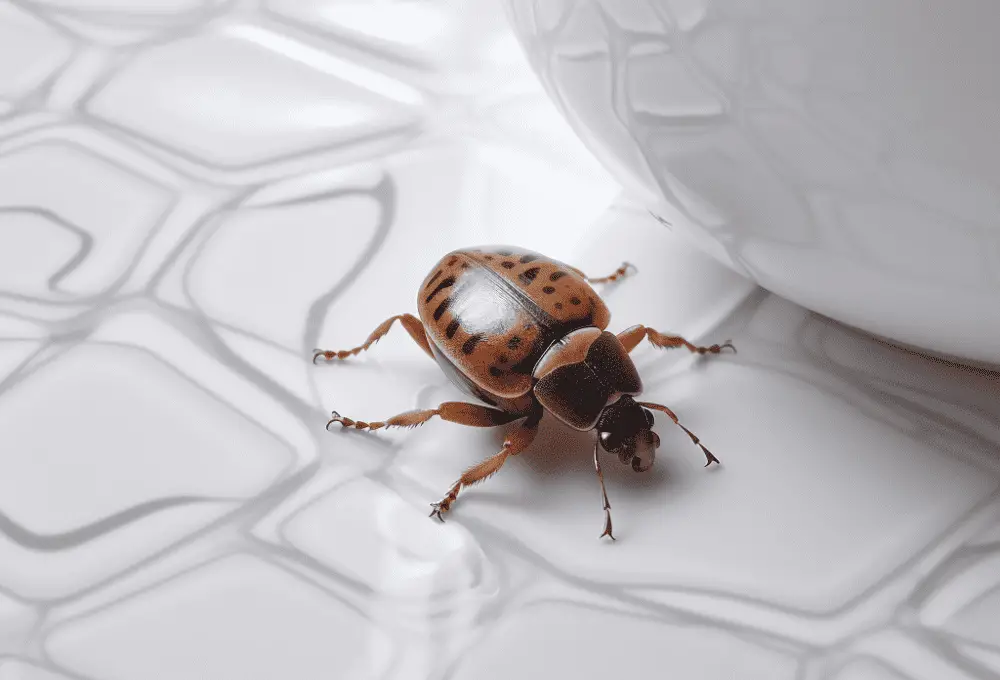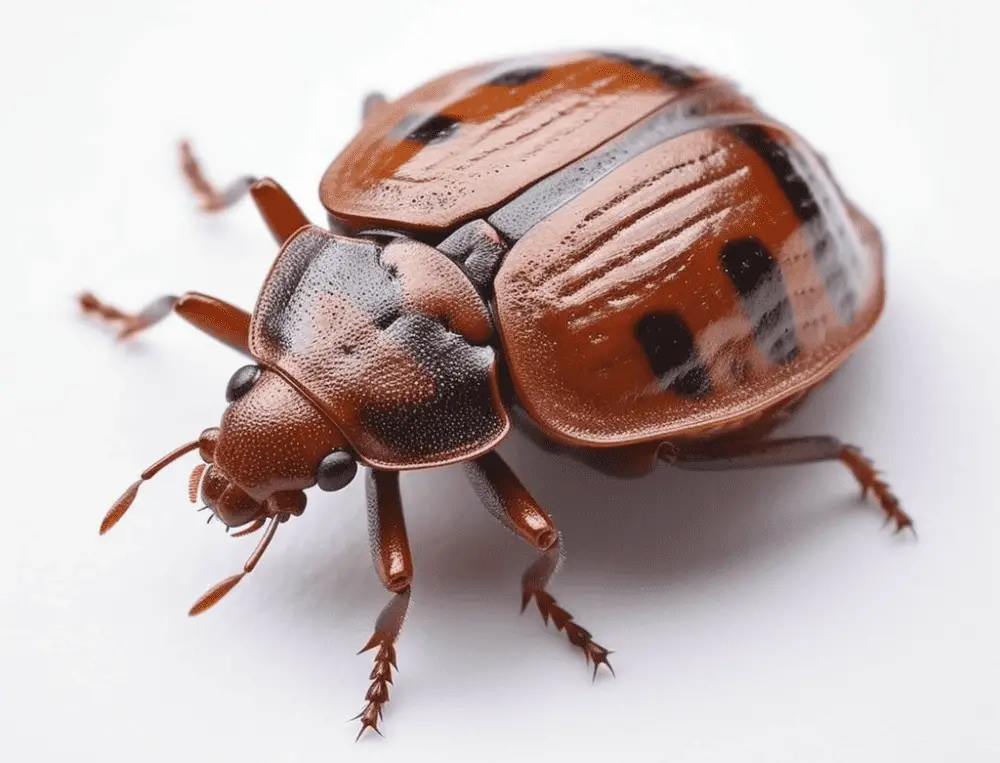It’s not uncommon for bed bugs to be found in bathrooms, and the bathtub is a particularly attractive hiding spot.
With its smooth surfaces and limited access, the tub provides a relatively safe haven from the usual methods of bed bug control, such as vacuuming or pesticide application.
Moreover, the lack of fabric and clutter in the bathroom makes it easier for these pests to conceal themselves.
Reasons for Bed Bugs in the Bathtub
Seeking Water
Although bed bugs primarily feed on blood, they also need water to survive. In some homes, the bathroom, and more precisely, the bathtub, is a readily available source of water for these pests.
They can often be found near drains or areas where water tends to accumulate. By accessing these water sources, bed bugs are able to maintain the necessary level of hydration that is essential for their survival.
Hiding from Predators
Bed bugs are not only seeking water but are also trying to hide from potential predators.
In a house, their predators can include spiders, ants, or even humans. The bathtub provides a secluded environment away from these threats.
The smooth surface of the bathtub can make it difficult for predators to catch bed bugs, as they have trouble climbing the slippery walls.
Furthermore, the constant flow of water and cleaning products through the bathtub may help to eliminate or mask any telltale signs of bed bug presence, such as fecal matter and shed exoskeletons.
Moving Between Rooms

Bed bugs are known for being highly mobile insects.
They can easily travel from room to room, and a bathtub may simply be a stop along the way. They might be seeking out other suitable hiding spots, moving toward potential blood sources like humans and pets, or escaping unfavorable conditions in other parts of the home.
As they crawl, they may inadvertently end up in the bathtub.
Preventing Bed Bugs
Maintaining Hygiene
Maintaining a clean home environment is crucial in preventing bed bug infestations.
Regularly washing all bedding, curtains, and clothes in hot water can help eliminate any existing bed bugs and their eggs. Vacuuming floors, furniture, and other areas where bed bugs may hide is another critical step in maintaining hygiene.
Keep your bathroom floor clean and clutter-free to reduce the availability of hiding spots for bed bugs.
Regular Inspections
Conducting regular inspections of your living space, especially in furniture and apartments, plays a vital role in preventing bed bug infestations. When examining the area, look for indications of bed bug activity, such as tiny black fecal spots, discarded exoskeletons, and tiny, oval-shaped eggs.
Any signs of bed bugs should be addressed immediately to prevent further infestation.
Professional Pest Control
If you have a persistent bed bug problem, consider hiring pest control services experts. These professionals have access to advanced tools and techniques for identifying and exterminating bed bugs effectively.
They can treat all potential hiding places, including your bathtub, and provide advice on dealing with pests in the future. Regularly scheduled pest control services can ensure a bug-free apartment in the long run.
Identifying Bed Bug Activity
Recognizing Bites
Bed bug bites often appear as small, itchy welts on exposed skin. They feed on human blood and often target areas such as arms, legs, and neck during nighttime hours.
Some individuals may not experience an allergic reaction, making it difficult to identify the presence of bed bugs solely based on bites.
Checking for Dark Spots
Another sign of bed bug activity is the presence of dark spots or stains on bedding, mattresses, and other surfaces. These spots are the result of bed bug excrement left behind after feeding.
Look for small, dark patches near the corners and edges of the bed, particularly around the frame.
Inspecting Hiding Spots
Bed bugs are known to hide in various locations within the home, allowing them to remain out of sight during the day. Some common hiding spots include:
- The seams and folds of mattresses and box springs
- Bed frames, headboards, and footboards
- Furniture near the bed, such as nightstands and dressers
- Cracks and crevices in walls, baseboards, and flooring
Inspecting these hiding spots can help homeowners confirm the presence of bed bugs and take appropriate action to manage the infestation.


